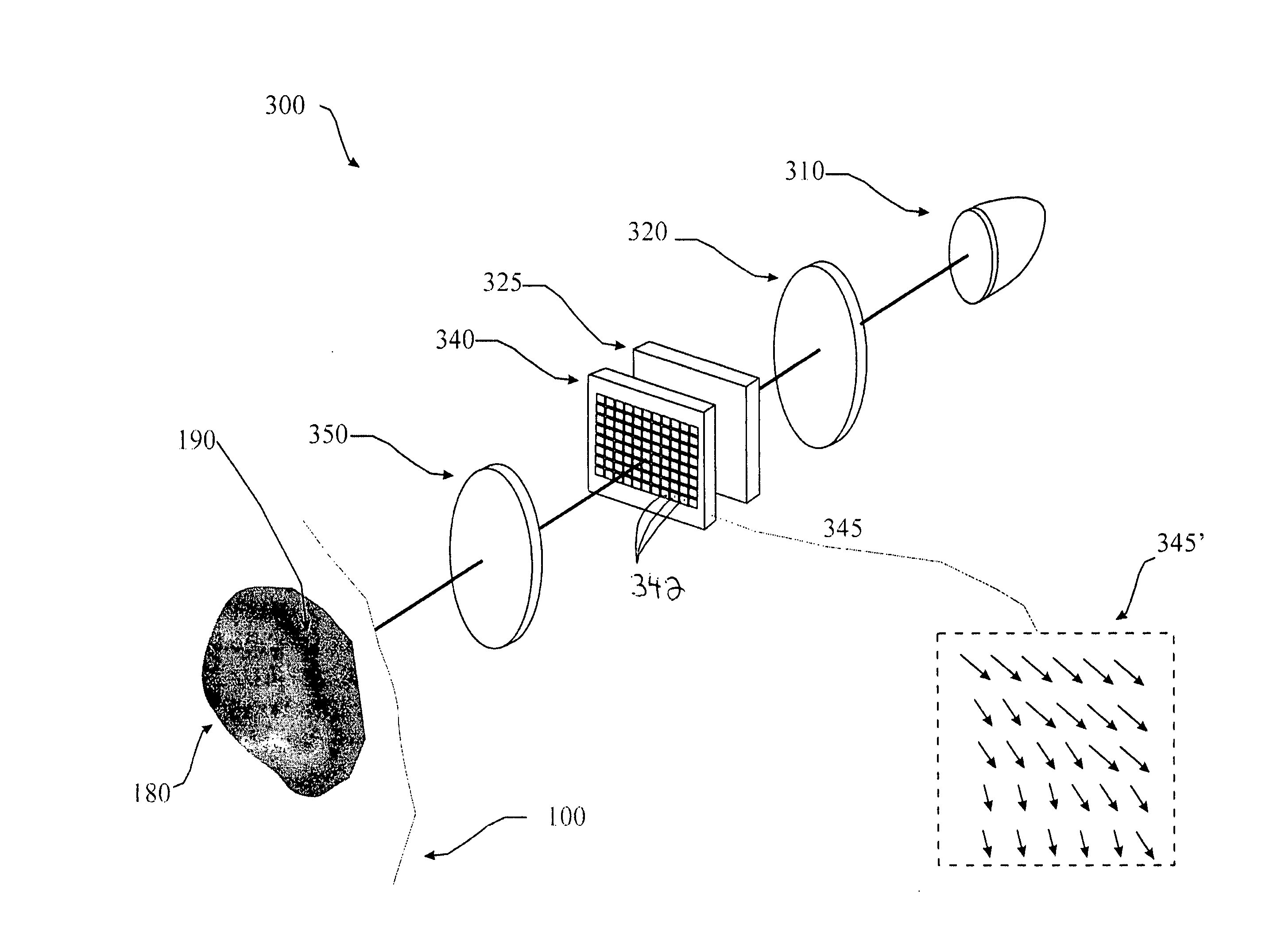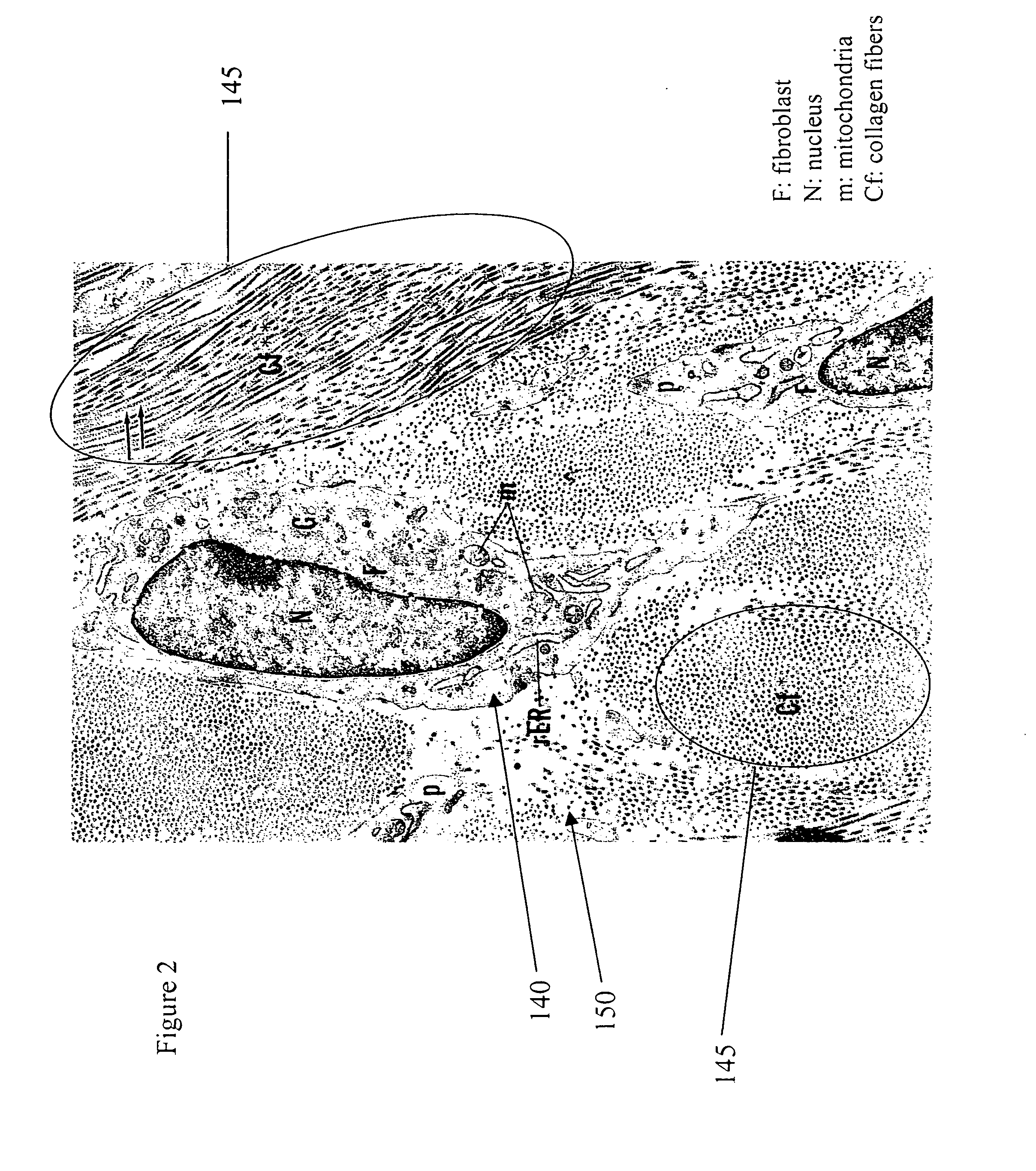Device for optically stimulating collagen formation in tissue
a tissue and collagen technology, applied in the field of light therapy medical devices, can solve the problems of inability to determine the condition of the tissue being treated, the efficacy of treatment, and the inability of clinicians to know whether to continue treatment, and the inability to treat the wound
- Summary
- Abstract
- Description
- Claims
- Application Information
AI Technical Summary
Benefits of technology
Problems solved by technology
Method used
Image
Examples
Embodiment Construction
[0023] The present invention will be directed in particular to elements forming part of, or in cooperation more directly with the apparatus in accordance with the present invention. It is to be understood that elements not specifically shown or described may take various forms well known to those skilled in the art.
[0024] The present invention can be best appreciated within the context of the biology of normal, wounded, and healed skin, and in particular, with respect to the function of fibroblasts and collagen. Accordingly, FIG. 1 depicts the cross-sectional composition of skin. Skin 100 (or the integument) covers the entire external surface of the human body and consists of two mutually dependent layers, the epidermis 105 and the dermis, which rest on a fatty subcutaneous layer, the panniculus adiposus (not shown). The epidermis 105, which is the outer layer of skin, is made up of epithelial cells (also known as squamous cells or keratinocytes), basal cells, and melanocytes. The ...
PUM
 Login to View More
Login to View More Abstract
Description
Claims
Application Information
 Login to View More
Login to View More - R&D
- Intellectual Property
- Life Sciences
- Materials
- Tech Scout
- Unparalleled Data Quality
- Higher Quality Content
- 60% Fewer Hallucinations
Browse by: Latest US Patents, China's latest patents, Technical Efficacy Thesaurus, Application Domain, Technology Topic, Popular Technical Reports.
© 2025 PatSnap. All rights reserved.Legal|Privacy policy|Modern Slavery Act Transparency Statement|Sitemap|About US| Contact US: help@patsnap.com



